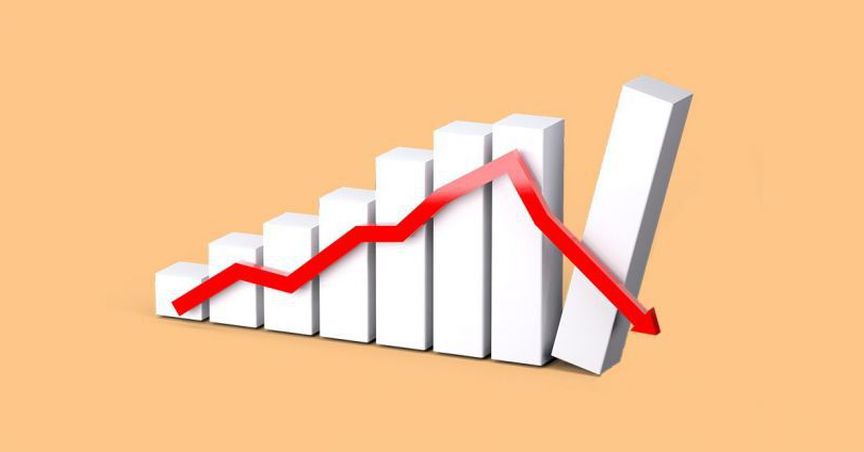The word âVolatilityâ generally sounds âmysteriousâ to many naive investors, and most of them fail to understand the real meaning. But once the inventors understand the real concept behind volatility, they can use it to safeguard the portfolio against any potential uncertainty.
In the stock market, the prices of the security move constantly up and down. This fluctuation occurs on account of change in the market sentiments which consequently leads to the change in demand and supply scenario. The percentage rate at which the prices are moving (in either of the direction) in a specified period reflects volatility. In other words, higher price change leads to higher volatility and lower price change leads to lower volatility.
Looking at the S&P/ASX Small Ordinaries Index (.AXSO) which consists of Australian small-cap stocks and provides a holistic benchmark for the small-cap companies and small-cap equity portfolios, investors get better equipped with the characteristics prevailing for small stocks. Some of stocks in this index may be speculative ones with immense volatility linked thereto. These specifically are under spotlight when the market trends towards a downturn.
In the last three months of 2018, wherein we have witnessed a high volatile market, all the index heavyweights like Fisher & Paykel Healthcare Corporation Limited (ASX:FPH), WiseTech Global Limited (ASX:WTC) and Afterpay Touch Group Limited (ASX:APT) fell almost by double digit figure in terms of percentage. Overall, the index fell sharply in just three months. This decline was so volatile that we have witnessed a rally after every low swing (as seen in the price chart below), making it difficult for the investors to manage their portfolios.
On the other hand, the volatility trend in 2019 has been quite different. If compared to these last three months, the current three months of 2019 have depicted a smooth ride. All the index heavyweights with other stocks started to recover from the lower levels. For, e.g. WTC which closed the year at A$16.9 is now trading at A$22.49, and APT has been one of the star performers for this year so far, rallying more than a massive 65%. Auckland International Airport Limited (ASX:AIA) has risen almost 13% in 2019.
Two sectors which are heavily weighted in the index have been Materials and Consumer Discretionary and indices representing these specific sectors, S&P/ASX 200 Materials Index and S&P/ASX 200 Consumer Discretionary Index have risen consistently so far, giving YTD returns of 12.39% and 9.7%, respectively.
Now, what to expect?
Currently, the market is trending smoothly in one direction without many hiccups and volatility has been quite down and stable so far. But this also points to the fact that low volatility always travels to high volatility due to its mean reversion property. The index has also risen about 13% in 2019 (almost recovered from the entire decline of the last three months of 2018). Currently, the index is facing strong resistance around 2800 level, and any decline from here is expected to increase the volatility.

Chart for AXSO Index and respective Volatility (Source: Thomson Reuters)
Disclaimer
This website is a service of Kalkine Media Pty. Ltd. A.C.N. 629 651 672. The website has been prepared for informational purposes only and is not intended to be used as a complete source of information on any particular company. Kalkine Media does not in any way endorse or recommend individuals, products or services that may be discussed on this site. Our publications are NOT a solicitation or recommendation to buy, sell or hold. We are neither licensed nor qualified to provide investment advice.





